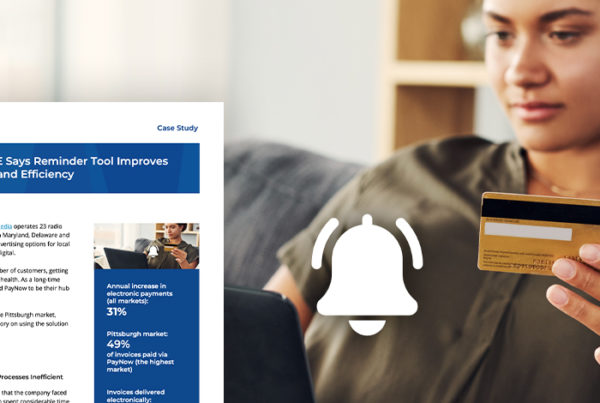Radio has every reason to be excited about earning more CTV ad revenue. BIA Advisory Services noted it as the fastest-growing tactic for radio digital.
Generating new revenue streams with CTV fills the gap occurring for most stations as spot ads remain flat. There are challenges in selling CTV ads, including customer objections and difficulty finding the right prospects. We’ve defined solutions for both, which we will discuss further.
The other major complication is profitability. How you execute CTV impacts margins. When agencies facilitate this, they also take a massive chunk of revenue. We’ve got answers for that as well.
CTV Ad Selling Opportunities and Challenges
BIA named OTT/CTV the tactic with the greatest spending for radio digital. They projected it will increase 6.4% in 2025. This trend aligns with consumer preferences, as streaming now leads in engagement time over traditional TV.
CTV exploded in 2024, primarily due to its attractiveness to political media buyers. However, it has universal appeal. You may face objections from some advertisers that don’t have the assets, but helping advertisers with video ads has become easier. They can create these with user-friendly platforms like Canva and AI video systems, or they can repurpose other videos.
Targeting Businesses for CTV
You may have concerns about which businesses to target for CTV ads. You can start by analyzing local advertisers you see on broadcast TV. They can use the same content, and CTV gives them the ability to target and play ads in an unskippable format.
It’s also good to know that companies that buy ads from radio stations also purchase CTV from them. It was a top pick for their 2024 buying plan.
Once you employ these strategies, you must ensure that selling CTV is actually profitable.
How Can You Keep More of Your CTV Ad Revenue?
How you execute and traffic CTV ads affects what you make. CTV is a premium tactic at a higher price point, but you don’t want to be way outside what the market will bear. For CTV ad revenue to be a successful stream, you must find ways to cut your costs.
Agencies cut your margins, regardless of the ad tactic. Many stations use this model because they fear it is too complicated to use another option. However, you can remove agencies from the process with a third-party digital advertising platform designed to support local CTV.
Transitioning from Agency-Supported to Technology-Enabled Campaigns
In this framework, the software connects to a supply-side platform (SSP) that connects publishers (streaming content inventory) to a programmatic marketplace. Be aware that not all SSPs are the same. You want to work with one with only premium inventory and options for CTV blends. CTV blends allow you to designate the percentage of ads that run on the big screen versus OTT, which plays on mobile devices.
Organizing this workflow may seem cumbersome without agencies. The good news is that you can adopt a solution that streamlines everything from proposal to invoicing. It’s also scalable and doesn’t require additional operational tasks.
Agency partnerships are common and can benefit all parties. When it comes to profitability, however, you do cede some of it for their services. If you’re worried about this and its impact on growth, you should certainly consider this alternative.
Protecting Your CTV Ad Profits
The explosion of CTV as a local ad tactic has a lot of momentum. It shows no signs of slowing as consumers evolve how they watch content. The opportunities are ripe, but you need a backend solution that doesn’t strip out your margins.
Gain more insights on digital advertising profitability by reading our e-book, Is Selling Digital Advertising Profitable for Your Station? Uncovering Obstacles and Optimizing Revenue.







